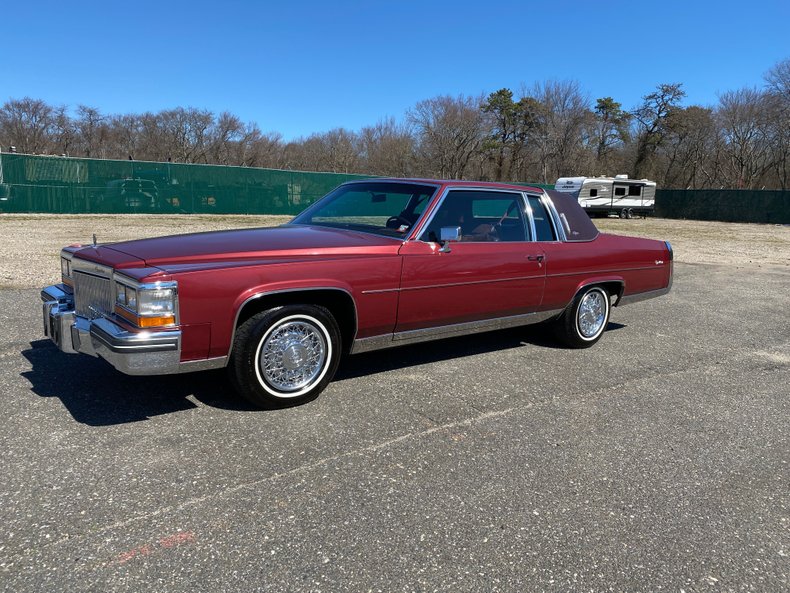There are some reasons for the differences. The earliest engines had non-pressurized systems, which quickly went to pressurized with caps for two reasons: raise the temperature for boiling and reduce the risk of cavitation, which can cause coolant flow to stall resulting in boiling/overheating. You don't want the pressure to drop below 0 gage at the water pump, or it's likely the system will cavitate.
Pressurized systems with no recovery were fine for a while and are still used in some applications. As others have said, you end up with an air gap at the top of the radiator which would only be completely purged when the engine has reached its maximum temperature since the last time it was topped off. This system worked fine, particularly where the air gap in the radiator is somewhat higher than the highest point in the rest of the system. Low power density also allows it, as does a taller radiator core. the applications I'm aware of that still use this are mostly dirt bikes, where the radiators are much higher than the top of the engine, and where there is no temperature gauge so you can use the slight spitting of coolant to judge how hot you're running the engine and if it's about to overheat. The overflow is usually routed right over the exhaust header so you can smell immediately when it starts spitting.
Recovery bottles seem to have come about with higher power density and lower hood lines. That air gap in the radiator can easily result in air entrained in the coolant as it goes through the engine, which makes localized boiling in hot spots around the cylinder and in the head more of a concern and also increases the risk of cavitation at the water pump. No air gap in a properly functioning system = higher boiling resistance and better water pump flow in extreme (hot, altitude, high rpm) conditions.
All of the above are non-positive deaerating systems: the system cannot remove air without heat cycles, and there is no part of the system specifically intended to remove air while the engine is running at constant temperature.
A lot of newer stuff (and some older mostly european or high performance stuff) uses a positive deaeration system, where there is a pressurized coolant reservoir. This allows the engine to purge air while running, allows the radiator to be lower than the engine, has much higher capability to prevent water pump cavitation, and is of course more expensive to design and build. The system has the usual coolant loop from the engine to the radiator and back, but it also has vent connections (Typically at the high points, either cylinder head, top of radiator, thermostat housing, etc) that allow coolant to leave this loop and go to the deaeration tank. This allows air to escape the main loop, and always has some flow. The tank is large enough to allow air to bubble out of the coolant before it is sucked back into the water pump via a fill line, which either connects directly to the water pump inlet or very close to it in the hose from the radiator. That fill line provides a direct coolant supply to the water pump to maintain positive pump inlet pressure, dramatically reducing cavitation risk. This deaeration tank is constantly allowing air to come out of the system, to end up in the air chamber in the pressurized deaeration tank, so you always have good clean coolant flow. Most systems are designed to fully deaerate within ~25 minutes if they are used and functioning properly, and if there are unique bleeding instructions, they can sometimes be pretty sensitive.
Positive deaeration systems are also very important in most vehicles with cooled EGR - EGR coolers get really hot, and localized boiling under pressure if there is air in the coolant will actually cause the water jacket to erode and eventually have pinhole failures.
Because the fill line provides a very low restriction path of coolant to the water pump, positive deaeration systems also have a bit of extra margin before cavitation if the pressure cap fails.















































